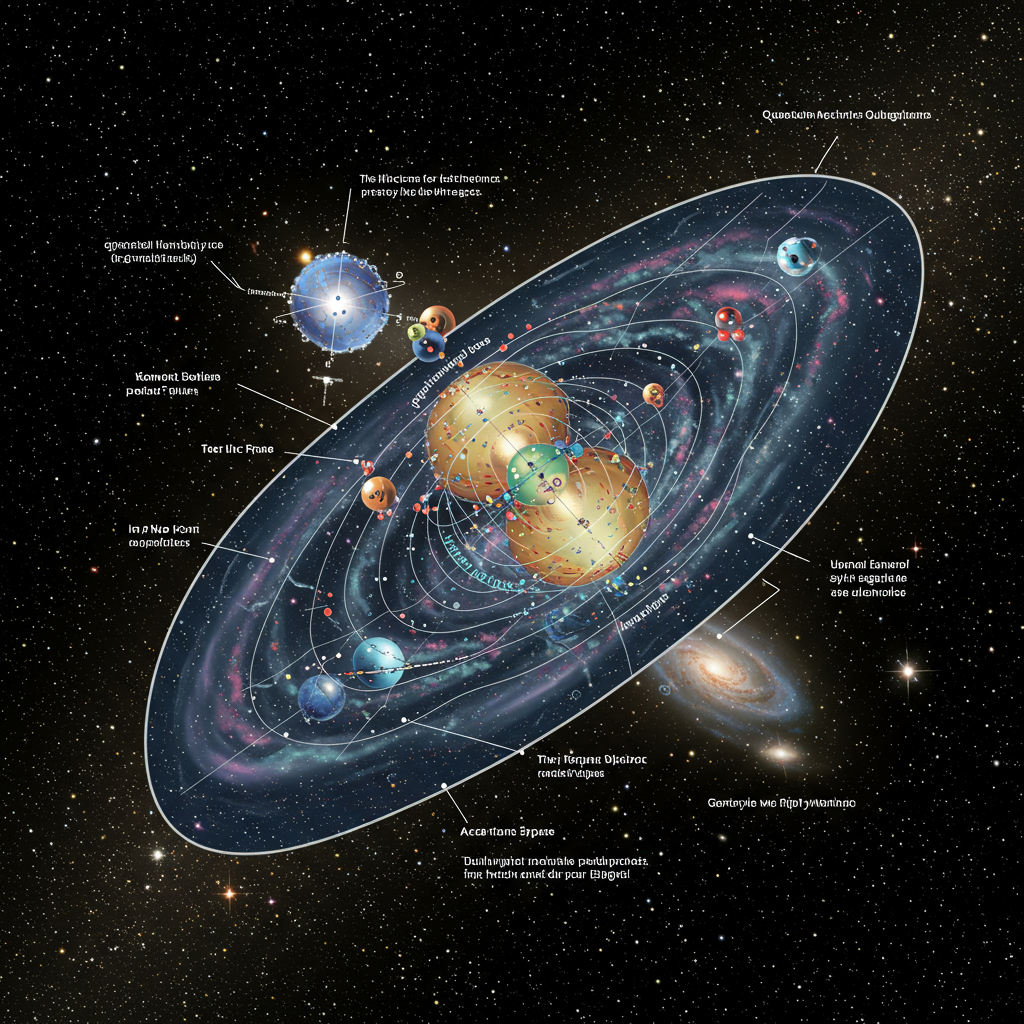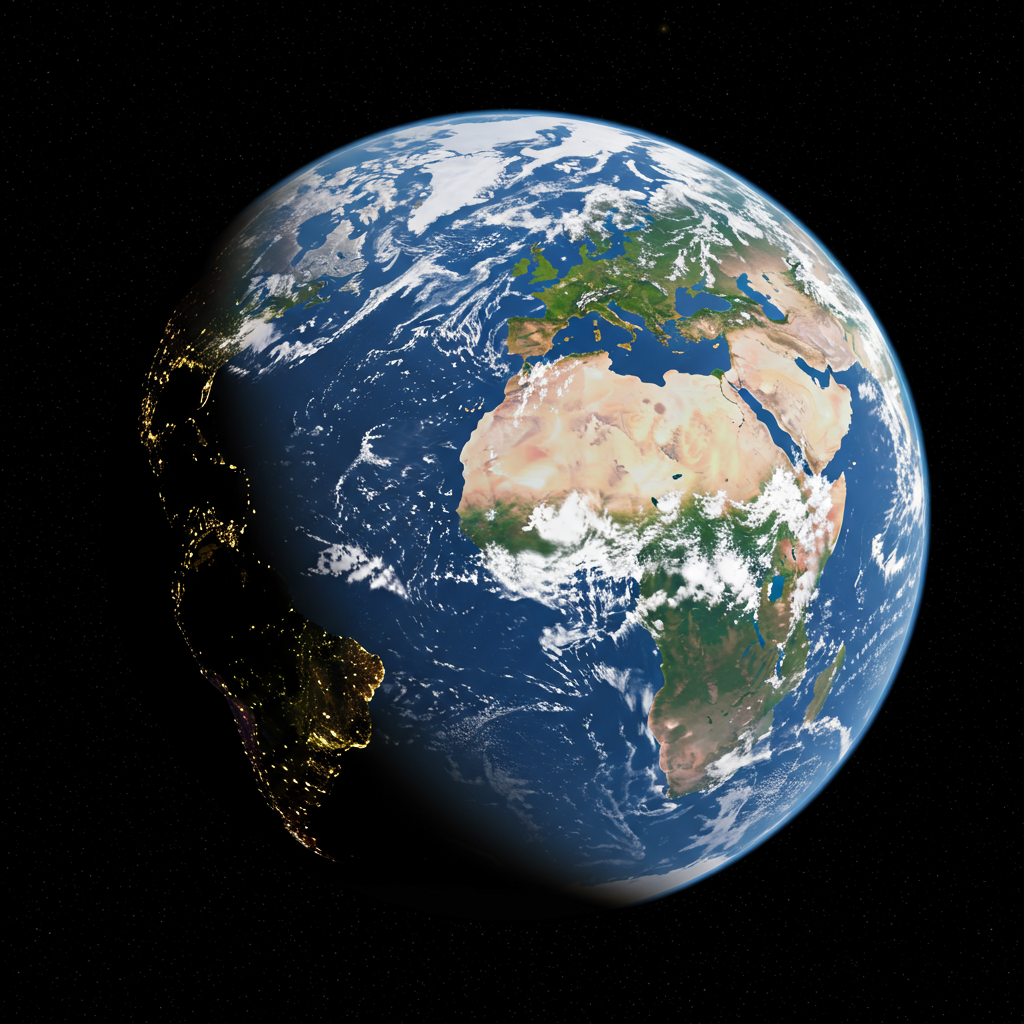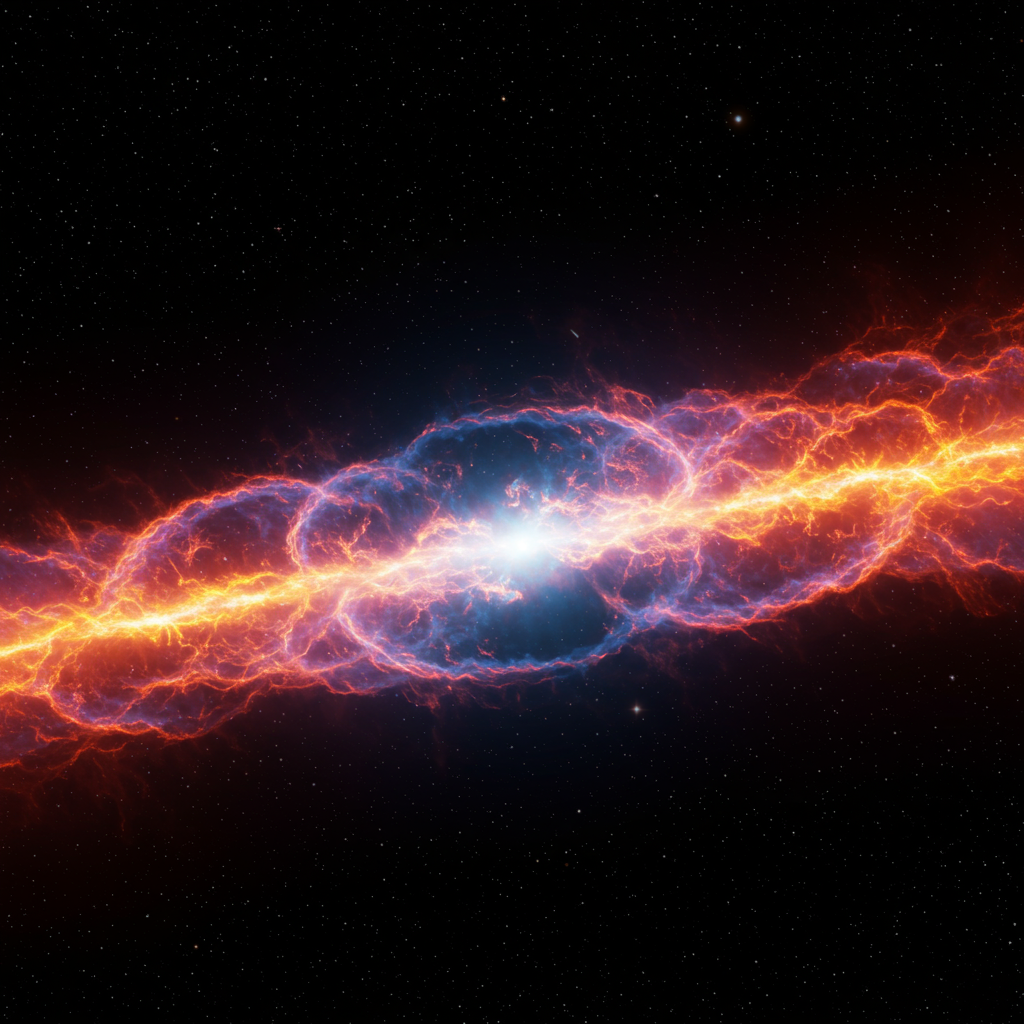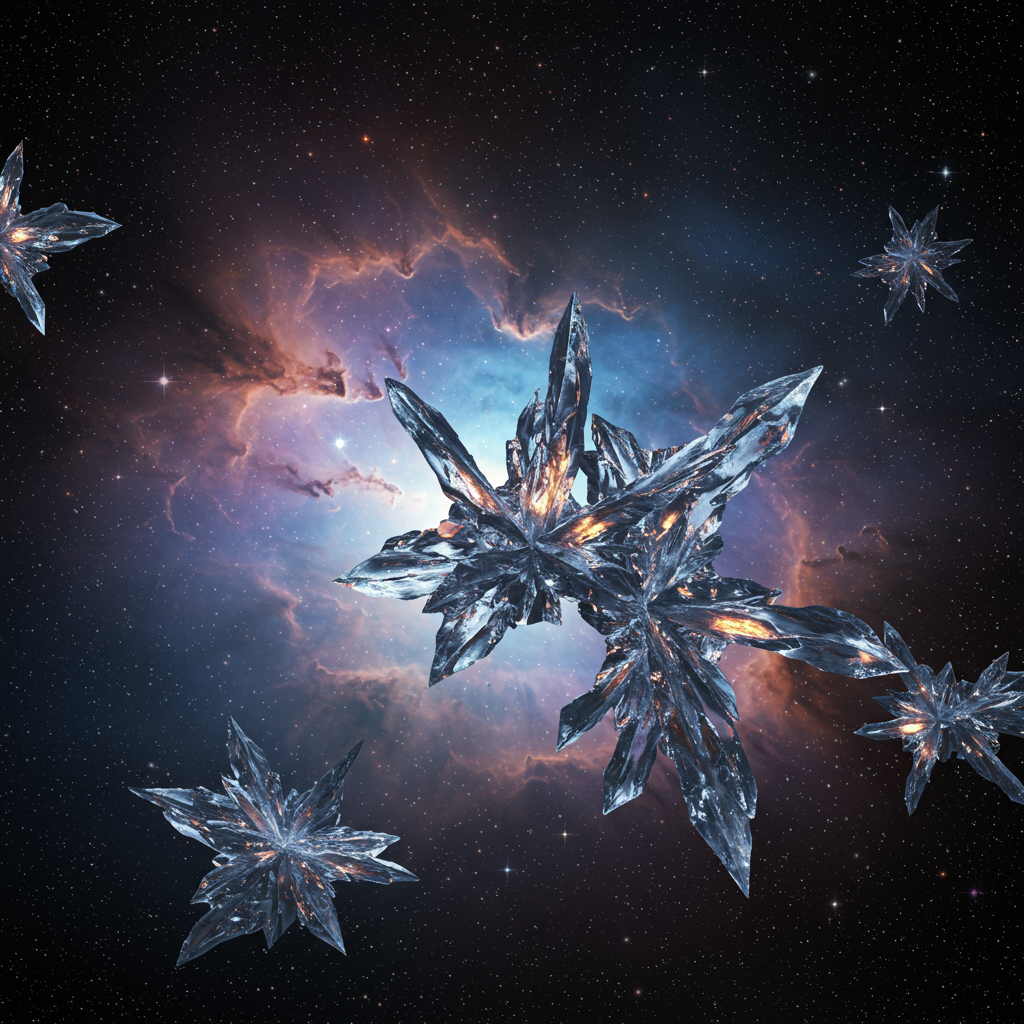Unifying the Cosmos: Physics’ Grand Challenge
For decades, the quest to find a single set of rules governing the universe has been physics’ holy grail. The challenge lies in reconciling two incredibly successful but fundamentally incompatible frameworks: quantum mechanics, which brilliantly describes the world of subatomic particles, and general relativity, which governs gravity and the vast scale of galaxies and the cosmos.
These two pillars of modern physics often “talk past each other,” particularly in extreme environments where the very small meets the incredibly dense or energetic, such as inside black holes or in the fleeting moments after the Big Bang. Bridging this divide is essential for a complete picture of reality.
Previous attempts at unification have often involved introducing complex ideas like extra spatial dimensions, exotic particles, or vibrating strings. While these models have offered tantalizing possibilities, they often solve one problem only to create new ones, leaving physicists searching for a more coherent narrative.
A Radical Shift: Is Time the True Fabric?
A groundbreaking new theoretical framework proposes a radical shift in perspective. Instead of focusing primarily on space, this theory argues that the key to unification lies in rethinking the very nature of time. We typically perceive time as a single, linear dimension marching ever forward. However, the new proposal suggests that time might be far richer and stranger, possessing not one, but three independent dimensions.
This bold idea comes from Associate Research Professor Gunther Kletetschka of the University of Alaska Fairbanks, whose mathematical framework was recently published in Reports in Advances of Physical Science. In Kletetschka’s view, these three time dimensions constitute the fundamental “primary fabric” of everything, like the canvas of a painting. Space, on the other hand, is not fundamental at all. It’s seen as a secondary, emergent feature – akin to the paint layered upon the temporal canvas, riding on this “multi-lane tempo.”
The Three Faces of Time
According to the theory, each of the three time dimensions plays a distinct physical role:
- The Quantum Dimension: One dimension governs the probabilistic and often counter-intuitive behavior of the quantum realm at microscopic scales.
- The Bridging Dimension: A second dimension connects this quantum arena to the familiar, everyday reality we experience in the macroscopic world.
- The Cosmic Dimension: A third dimension influences the structure of the universe at large scales and guides its slow, cosmic evolution.
- It even hints at subtle, measurable differences between the speed of light and the speed of gravitational waves, which are typically assumed to be identical.
- www.earth.com
- www.iflscience.com
- aeon.co
- www.thebrighterside.news
- www.earth.com
We only perceive time as a single, linear flow in our daily lives because the effects of these additional time-like directions are typically hidden, becoming apparent only under conditions of immense energy or mass.
Why This Theory Stands Out
Unlike many abstract theoretical proposals, a significant strength of Kletetschka’s framework is its connection to observable data and its potential for experimental verification. While earlier concepts of multi-dimensional time often remained purely mathematical constructs, this model moves into the territory of testable science.
The theory doesn’t just offer a new conceptual picture; it produces concrete results. It reportedly reproduces the measured masses of fundamental particles in the Standard Model, such as electrons, muons, and quarks, with remarkable accuracy. This alignment with known physics data lends considerable weight to the proposal.
Testable Predictions
Beyond reproducing known values, a compelling physics theory must make predictions that can be tested and potentially falsified by experiments. Kletetschka’s model does just that:
It predicts the existence of new particles that might be detected in future high-energy particle collisions.
It forecasts subtle shifts in the spectrum of gravitational waves that could be measured by next-generation observatories.
It suggests tweaks in the observed rate at which dark energy appears to be pushing galaxies apart.
The theory makes specific predictions for the masses of two types of neutrinos, suggesting values around 0.058 eV and 0.0086 eV – figures that could potentially be confirmed or refuted by upcoming precision measurements.
Crucially, the framework is designed to respect cause-and-effect, avoiding the paradoxes that can arise in other multi-time ideas. This internal consistency makes it possible for experimental teams to design clear, yes-or-no tests.
Explaining Mysteries, Redefining Reality
Beyond its potential to unify gravity and quantum mechanics, a layered time structure with emergent space offers elegant explanations for several persistent puzzles in modern physics without needing to bolt on hidden dimensions or hypothetical particles.
The theory naturally yields exactly three particle families, accounts for quirks in mirror-symmetry breaking (a subtle asymmetry seen in particle interactions), and provides a compelling reason why time, as we experience it, has a seemingly irreversible, unidirectional flow.
In this view, what we perceive as mass and energy are not independent entities but rather different manifestations or “twists” within the fundamental, triple-layered temporal structure. If mass is simply a consequence of bent time, it could finally explain why fundamental particles possess the specific masses they do.
The potential implications are profound. If time truly holds three dimensions, then phenomena like matter, motion, and gravity could be understood as intricate patterns or choreography playing out on an unseen, deeper temporal stage.
While skepticism is healthy and independent verification is essential, the ability of Kletetschka’s framework to recover known physical values while offering concrete, falsifiable predictions grants it a seriousness that many speculative models lack.
The path to a unified theory might indeed require fundamentally reconsidering the nature of physical reality itself. While philosophical questions about the ultimate limits of scientific knowledge regarding cosmic origins remain, testable theories like this push the boundaries of our understanding.
Within the next decade, upcoming experiments at facilities like the Large Hadron Collider, advanced gravitational wave detectors, and cosmological surveys will likely gather the data needed to confirm or contradict the key forecasts of this intriguing theory. Either result promises to sharpen our view of nature’s deepest script and perhaps reveal surprising new dimensions to the very notions of “before” and “after.”
Stay updated on groundbreaking physics theories and cosmic discoveries by subscribing to our newsletter!




